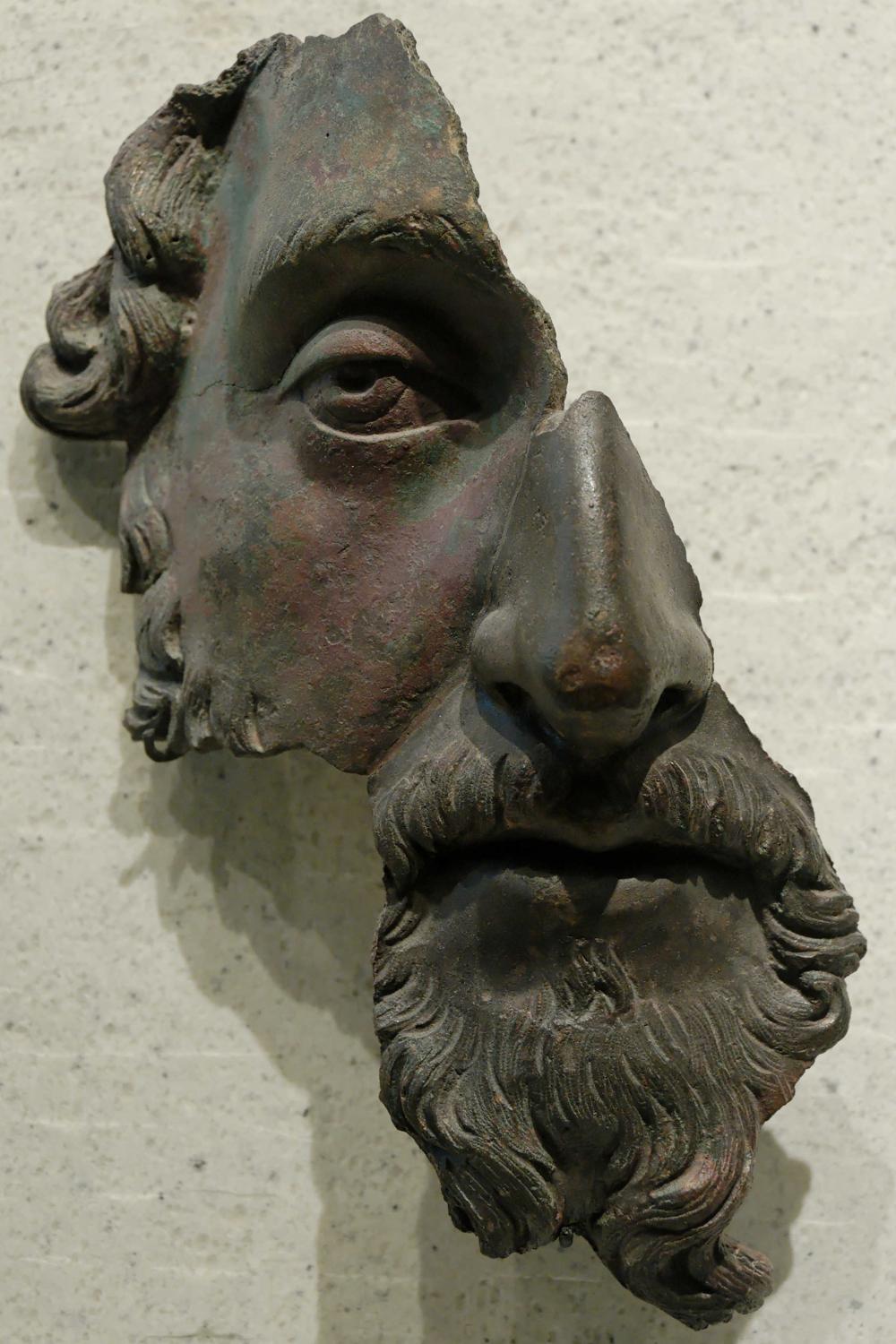European History, 31 BC - 900 AD

The course opens with the fall of the Roman Republic and the establishment of a new system of rule under the first emperor, Augustus. The nature of that rule - provincial government, the imperial cult, the presentation of imperial power - is central to any understanding of the first two centuries AD. Why were some emperors (Caligula, Nero, Commodus) viewed as "bad", while others (Augustus, Trajan, Marcus Aurelius) were praised for their virtues?
The course also examines the economic and social history of the Empire, looking in particular at the absorption of Greek culture by the Roman elite, at slavery, and at early Christianity. It then moves on to consider the extent to which this 'old world' of the early Empire survived the upheavals of the so-called Third Century Crisis and the impact of the reforms of both Diocletian and the Christian emperor Constantine. The theme of change is central for a consideration of the rise of Christianity in the fourth and fifth centuries and for understanding the shift in government to a more highly centralised and ceremonial monarchy.
This is an often unsettling journey through a late-Antique world of distant god-like emperors, wild ascetic holy men, great saints, excitable virgins, charismatic heretics, oppressive bureaucrats and violent barbarians. The last named are significant. In looking at the so-called "decline and fall" of the Roman Empire, it is important to ask why the empire "fell" in the West but survived largely intact in the East.
The middle part of the course concentrates on the period from the fifth to the eighth centuries. The fading away of the structures of the Roman state in the West in the fifth century led to the emergence of various 'barbarian' successor kingdoms, each influenced to a greater or lesser extent by Roman institutions, but also by the social traditions and martial culture of the 'barbarian' newcomers. The different kingdoms are examined, as too is the position of the popes in Rome.
At the same time, consideration is given to the history of the surviving eastern Empire with its capital at Constantinople. Justinian's attempts to restore the fortunes of the empire through internal reform and wars of reconquest are studied, as too is the social and economic history of the Mediterranean world at this time, which witnessed the first great outbreak of bubonic plague. The difficulties faced by the emperors of Constantinople in the late sixth century, the impact of warfare first with Persia, and then with an expansionist Islamic foe, and the response of the eastern, or 'Byzantine', empire to this phenomenon in the form of 'iconoclasm' are addressed. Consideration is given to the emergence of a vibrant and distinctive Islamic culture in the lands conquered by the Arabs.
The latter part of the paper covers part of the period of Frankish and Carolingian dominance in western Europe in the eighth and ninth centuries, a time of remarkable political and cultural coherence, combined with crucial, very diverse and formative developments in every sphere of life. A principal focus is the expansion of Frankish rule eastwards and southwards into Germany, Italy and Spain, and the rise of the Carolingians under Pippin III, Charlemagne, Louis the Pious and Charles the Bald, an unbroken line of succession in the male line. Their interaction within the realms with the aristocracy, the church and the female members of their elite groups, as well as with external rivals and enemies such as the Vikings, the Slavs and Byzantium, is examined.
Social adjustments, economic change and the establishment of a distinctive intellectual and cultural tradition in western Europe that drew strongly on the Roman past throughout the period from the fourth century onwards, are explored in relation to the wealth and variety of primary sources surviving from this period. Among the written sources - narrative, legislative, legal, epistolary and poetic - there is much now available in English translation. There are also many other categories of historical evidence exploited, such as archaeology, artefacts, architecture, art and coinage.
For further information please follow the link below.
image:, Marcus Aurelius fragment of a bronze portrait. Roman artwork, after 170 CE
This material is intended for current students but will be interesting to prospective students. It is indicative only.
